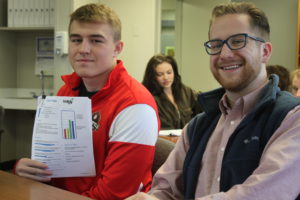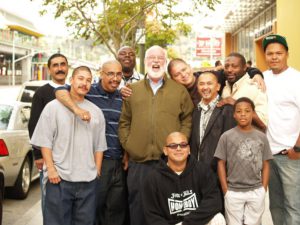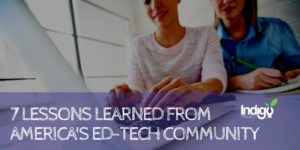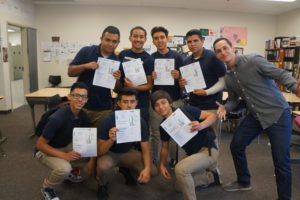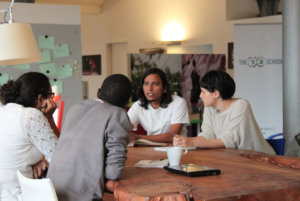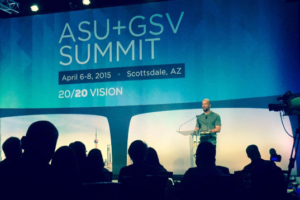Podcast with Mark Botros
Check out our CEO’s podcast with Mark Botros! Watch a preview below, or listen to the whole podcast on YouTube or iTunes. iTunes: https://podcasts.apple.com/us/podcast/the-life-works-podcast-lessons-from-the-trenches/id1475582936 YouTube:

